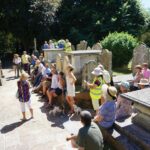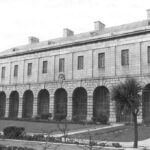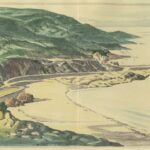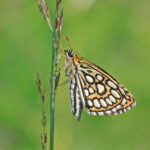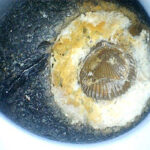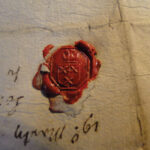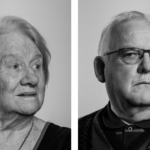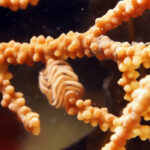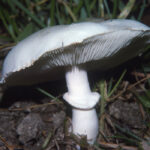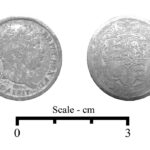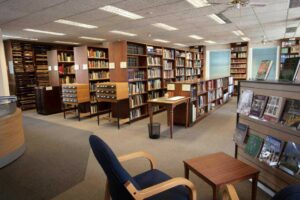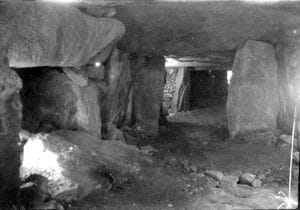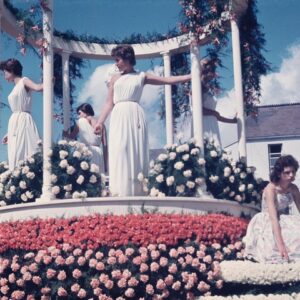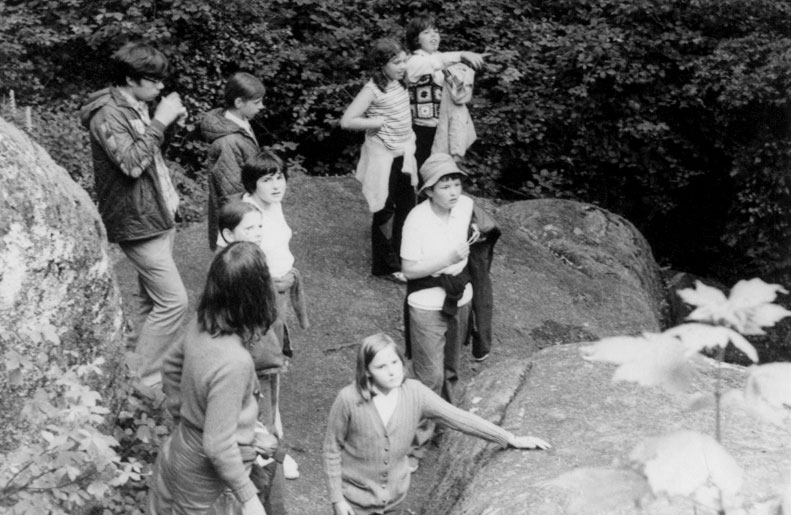

‘St Saviour’s churchyard is about much more than Lillie Langtry! The list of achievements of those buried there – those from Jersey and the UK, but far wider, is extraordinary.
This morning’s discovery in the next stage of the work, is of the father (Dr Alexander Milton Ross) of a woman buried in 1936. He was a leading abolitionist in the US, knew Lincoln, became a leading naturalist. It is a churchyard with wonders that never end. There are hundreds of such stories.
The C19th and early C20th are particularly notable because of the retirement of many militaries to Jersey and many wealthy, but sadly with consumption, coming because of the climate. With the Lieutenant Governor moving to St Saviour, and for much of the C19th the Dean being based at St Saviour, it became the place, if not to be seen, at least to be buried!
The current files attempt to give details with brief family links of every individual found and buried between 1800- 1906 in the two oldest sections of the churchyard. (Others who died later but are buried in these two sections are also included).
The aim has been to give a comprehensive a picture of who is buried where. It has involved a multi-faceted approach, made more difficult because there was no numbering system until C20th. The starting point are the names of grave purchasers and a plan of graves from 1951 – taken from records now lost. This has been supplemented by recording everything readable on memorials and then, from the mid C19th, from undertakers’ records, cross referenced with the Burial Books. Because there was no numbering system, undertakers referred to a burial with reference to a nearby memorial. So, it has been the equivalent of putting together a complex jigsaw. One of the interesting things to come out of this is that, whilst on the ground there may be a piece of empty grass, there maybe up to 12 people, buried there.
The information is recorded row by row, (or in the earliest graveyard section by section), as well as all the names, date of death, age and short notes on an excel database. Finally, there are files under particular categories: army, RN, medical, clerical, antislavery and slavers, and connétables.
This isn’t the end of the story. Thanks largely to the work of Nicolle Duhamel work has started in Section 3. And a book is being produced, detailing both some of the extraordinary human stories in the churchyard and people’s achievements.
Finally, many of the early founders and committee of the Société are buried in St Saviour’s churchyard, but that deserves another article. It allows me, though, once again to thank not only those earlier members of the Société, but of so many of the Heritage and Genealogy groups in Jersey, without whose prior work, none of the above would have been possible.’
Peter Dyson
Rector of Slindon, Eartham and Madehurst
Formerly Rector of St Saviour Jersey
Lord Coutanche Library
The Lord Coutanche Library is grateful to Peter Dyson for sending us a copy of the files.
The excel database is now accessible at the Lord Coutanche Library on the two public computers. The files are also available in paper format.
Folder 1. Master copy, sections 1 and 2
Folder 2. 1896-1951, Master copy by name
Folder 3. 1952-present, Master copy by name
Folder 4. Sections 1 and 2
Folder 5. Military individual CVs; Royal Navy; Individual CVs; Trafalgar veterans; Crimea CVs; Indian Mutiny; Boer War; WW1; WW2; Sailors and Royal Navy; All army; Connétables; Clerics; Medics; Abolitionists and slavers
Folder 6. Individual CVs
Folder 7. Individual Army CVs
Folder 8. William Mahon’s research notes for his book Napoleonic War veterans buried at St Saviour’s Church, Jersey.

